Description
“Features and Assessments of Pain, Anesthesia, and Analgesia” is a comprehensive exploration of the multifaceted aspects of pain, anesthesia, and the administration of analgesia to manage and alleviate pain. Understanding the various features of pain, as well as the assessment and provision of anesthesia and analgesia, is crucial in medical practice, particularly in surgical and perioperative care. Here are the key components of this topic:
- Types of Pain:
- The resource discusses different types of pain, including acute pain, chronic pain, nociceptive pain, neuropathic pain, and pain related to specific medical conditions.
- Pain Pathophysiology:
- It delves into the underlying mechanisms of pain, covering topics like pain pathways, pain receptors, and neurotransmitters involved in pain perception.
- Assessment of Pain:
- The assessment of pain is a critical component. The book outlines various pain assessment tools and methods used to evaluate pain severity, location, and characteristics.
- Pain Scales:
- Commonly used pain scales, such as the numerical rating scale (NRS), visual analog scale (VAS), and the Wong-Baker FACES Pain Rating Scale, are explained.
- Patient-Reported Outcomes:
- Understanding patient-reported outcomes and their role in assessing pain is highlighted. These assessments often involve the patient’s description of their pain experience.
- Pain Management Techniques:
- The resource discusses a wide range of techniques and strategies for pain management, including pharmacological interventions, regional anesthesia, and non-pharmacological approaches.
- Pharmacological Interventions:
- Analgesic drugs, including opioids, non-opioid analgesics, and adjuvant medications, are covered, with a focus on appropriate drug selection and dosing.
- Regional Anesthesia:
- Techniques like epidural anesthesia, spinal anesthesia, and nerve blocks are explored in the context of pain management.
- Non-Pharmacological Approaches:
- The book may include non-pharmacological approaches to pain management, such as physical therapy, cognitive-behavioral therapy, and complementary and alternative therapies.
- Patient-Centered Care:
- The importance of patient-centered care is emphasized, which includes addressing patients’ concerns, preferences, and cultural considerations.
- Multimodal Analgesia:
- The concept of multimodal analgesia, which involves combining different approaches to achieve effective pain relief while minimizing side effects, is discussed.
- Pain in Special Populations:
- The resource may address pain management in special populations, such as pediatric patients, the elderly, and patients with specific medical conditions.
- Assessment of Anesthesia:
- In surgical and perioperative contexts, the book may also discuss the assessment and administration of anesthesia to ensure patient comfort and safety.
- Ethical and Legal Considerations:
- Ethical and legal aspects of pain management, including informed consent and pain relief obligations, are often included in the discussion.
“Features and Assessments of Pain, Anesthesia, and Analgesia” is a comprehensive reference for healthcare professionals, including anesthesiologists, pain management specialists, nurses, and surgeons. It provides a thorough understanding of pain mechanisms, assessment tools, and various methods of pain relief. The resource emphasizes patient-centered care, safety, and ethical considerations in the complex field of pain management and anesthesia.
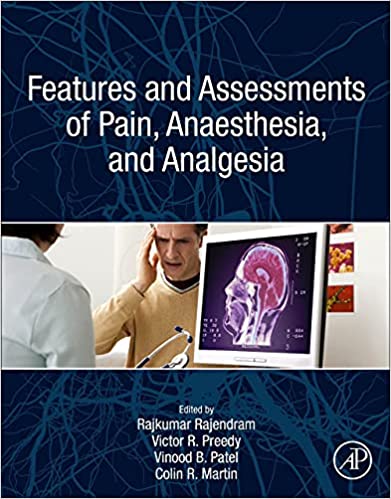
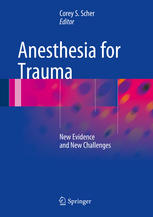
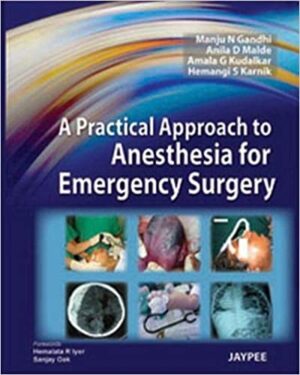
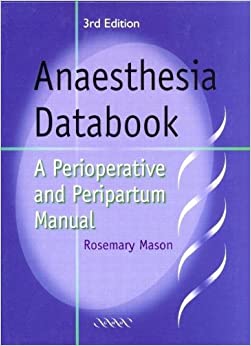
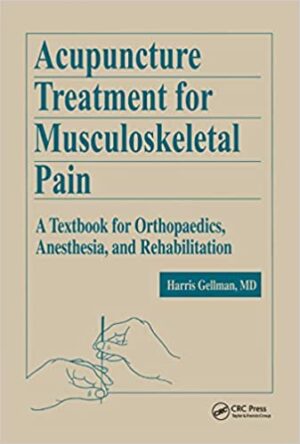
Reviews
There are no reviews yet.